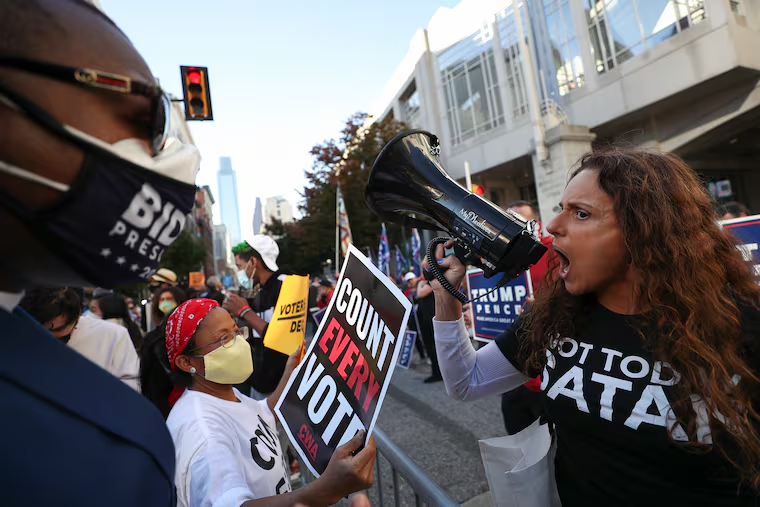Pennsylvania is here to stay as a swing state
When Donald Trump narrowly defeated Hillary Clinton in 2016, some political strategists believed it was an aberration. The 2020 election showed Trump’s coalition in Pennsylvania was no fluke.

When Donald Trump narrowly defeated Hillary Clinton in 2016, some political strategists believed it was an aberration. The 2020 election showed Trump’s coalition in Pennsylvania was no fluke.
